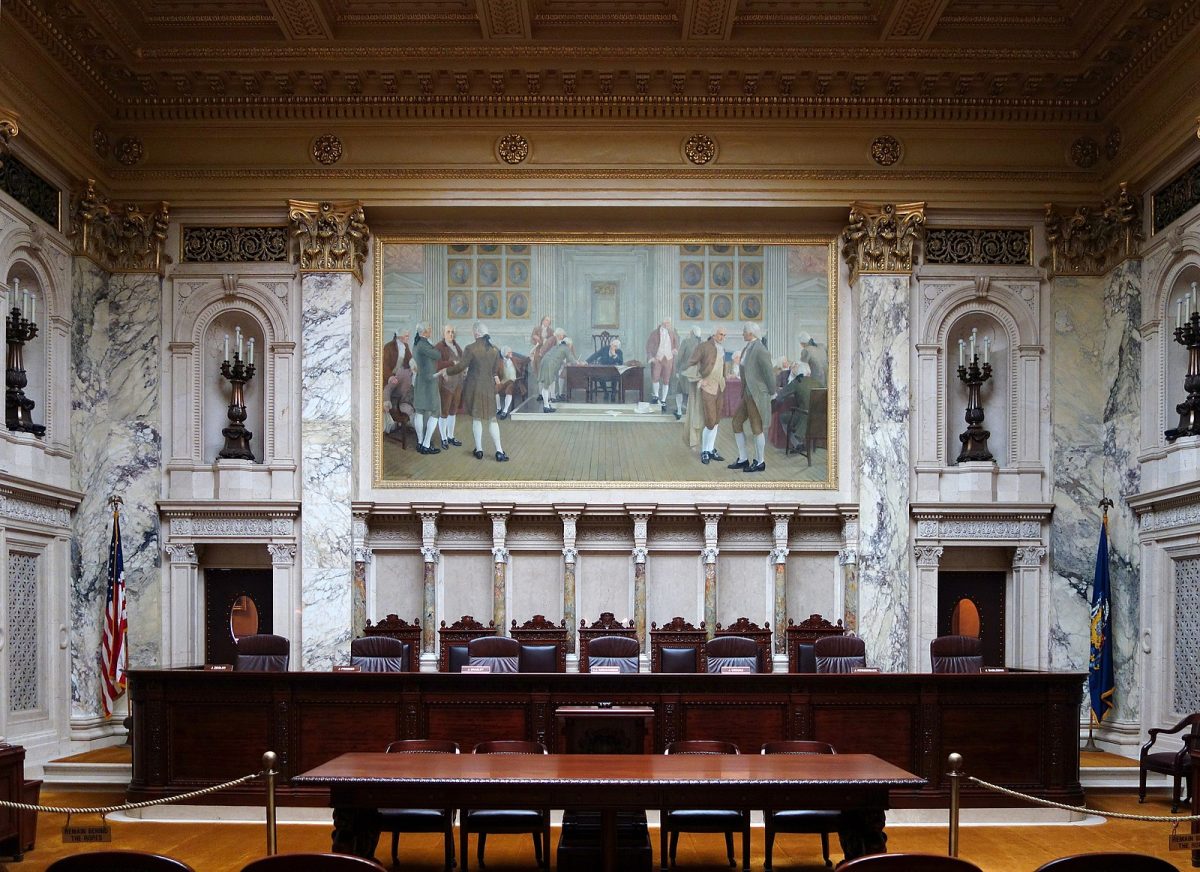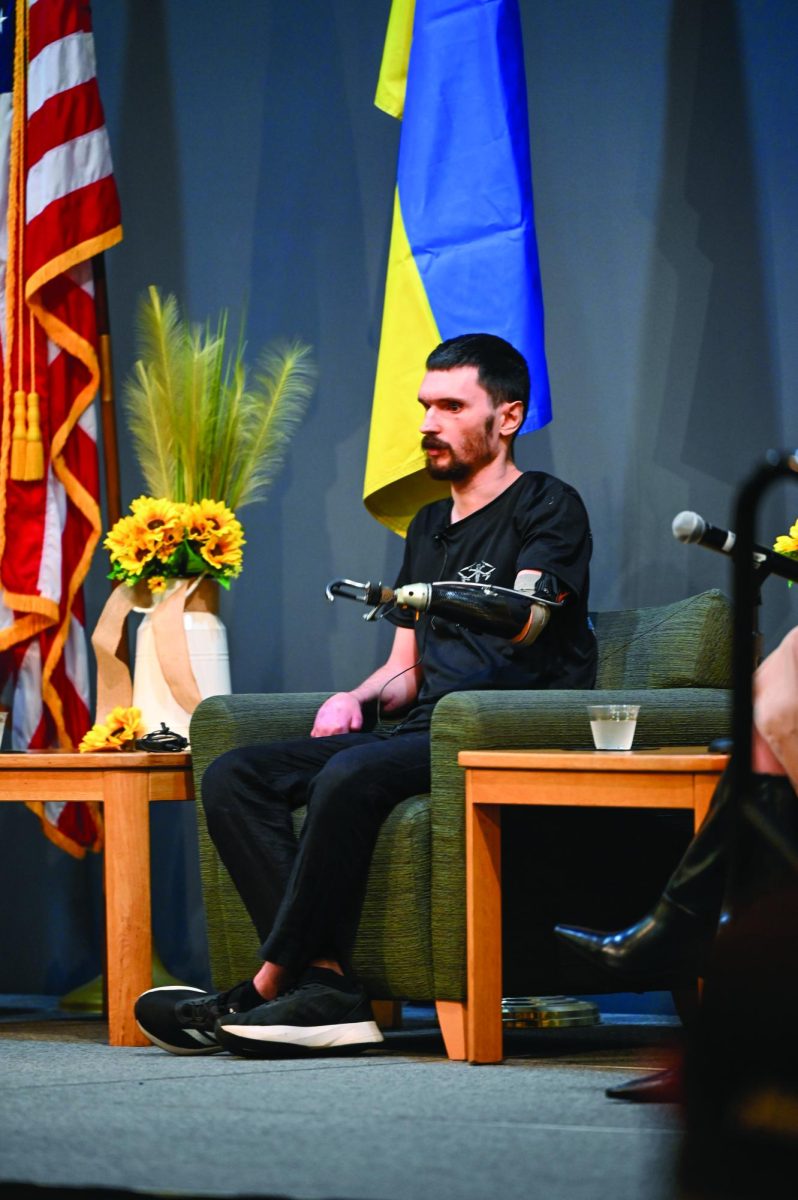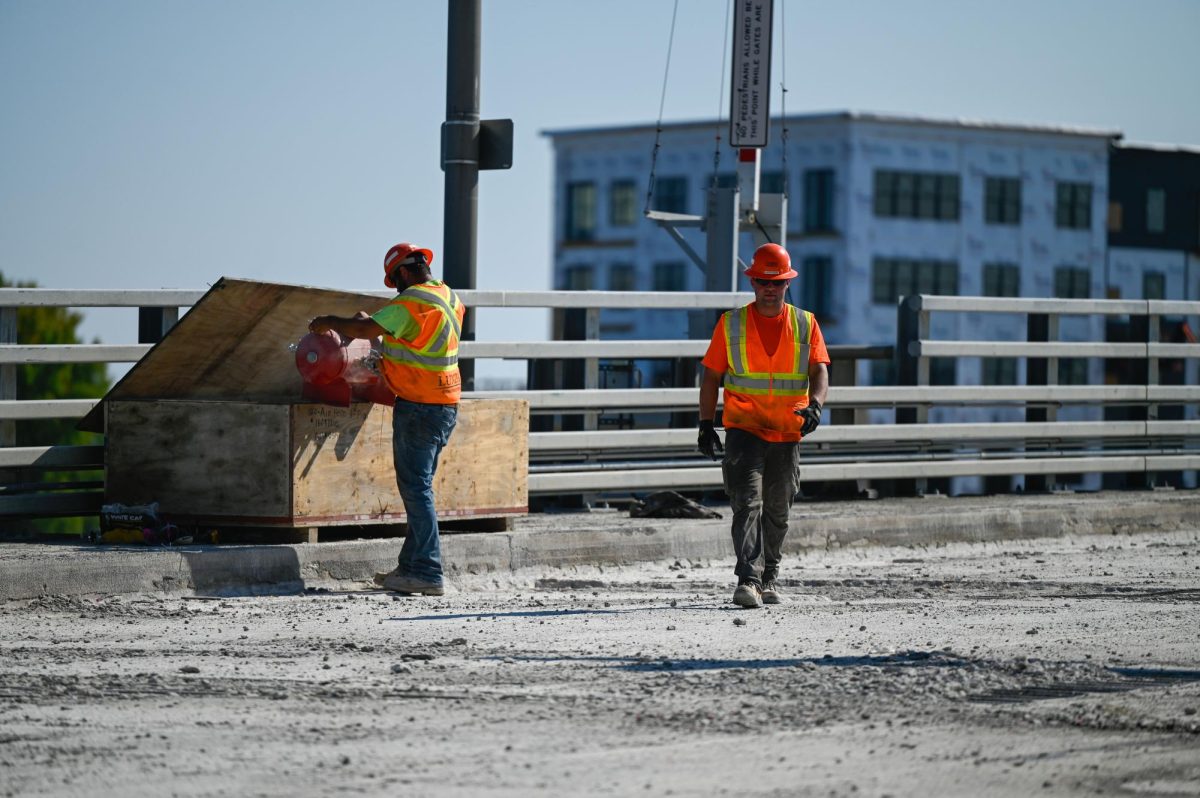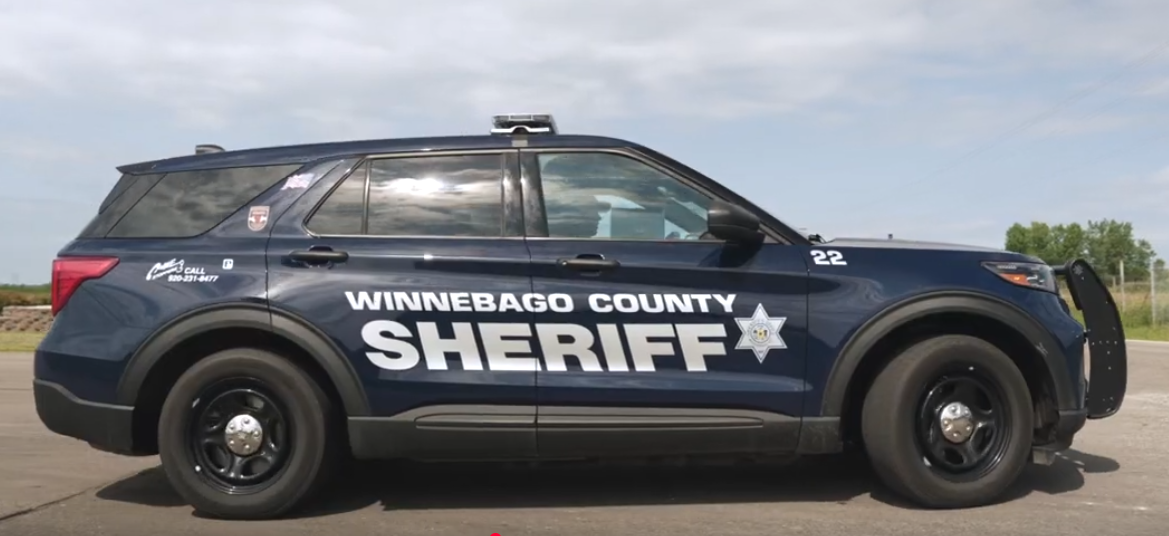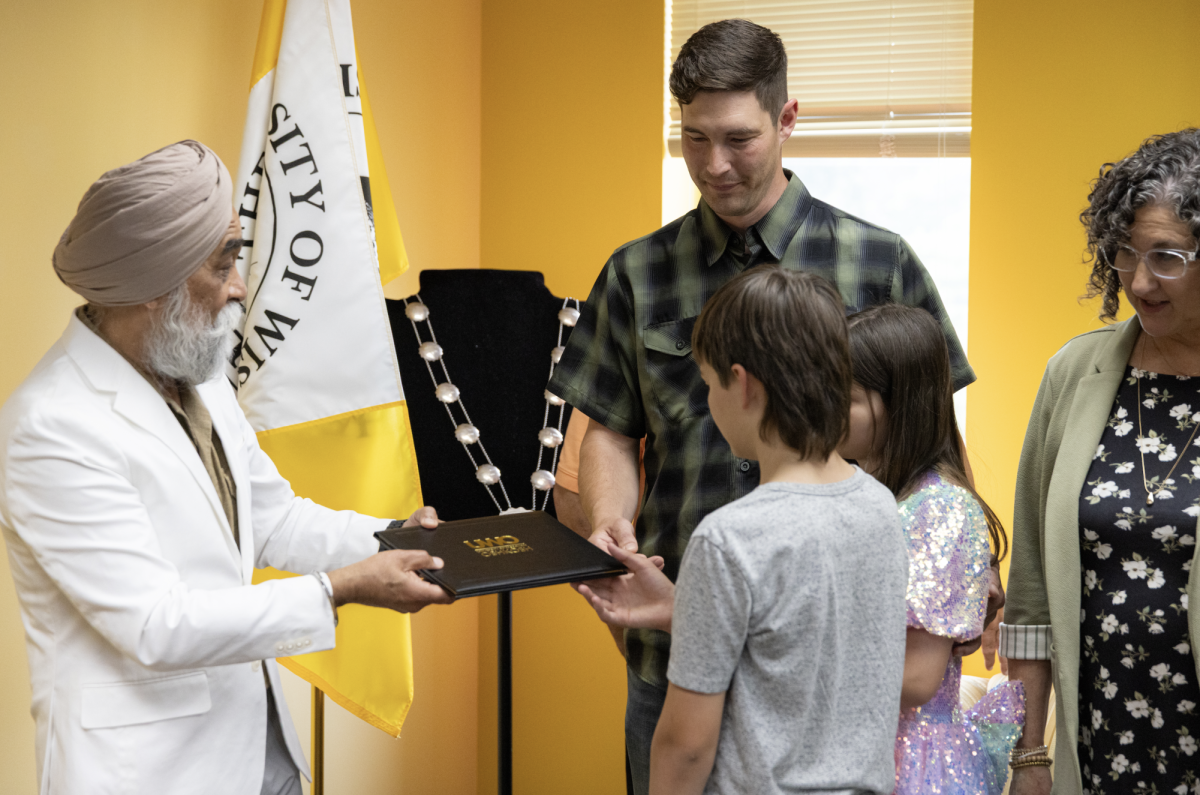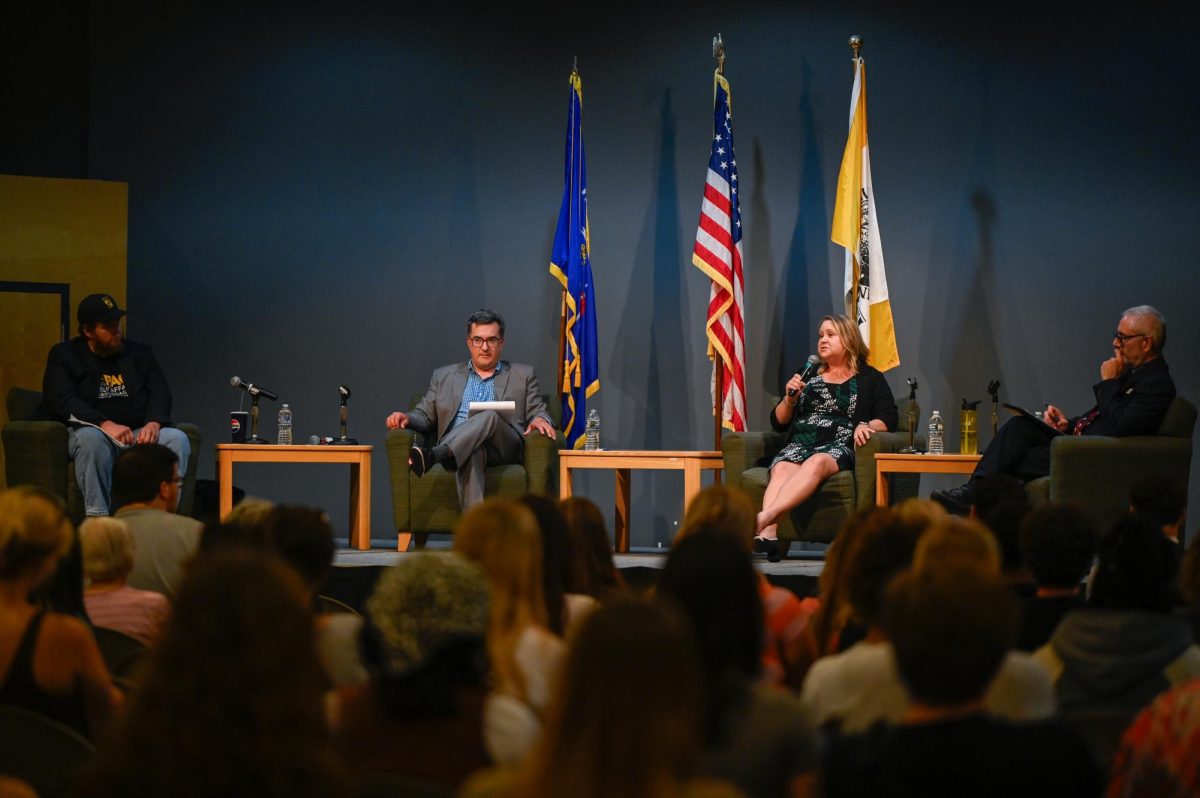The spring general election is just under one week away. If you’ve found yourself finally able to catch a breath during spring break, or found time for research, this is your one-stop shop for everything you need to know before heading to the voting booth on April 1.
What’s on my ballot?
There are three items that every Wisconsin voter will see on their ballot, regardless of location: Wisconsin Supreme Court Justice, State Superintendent of Public Instruction and a “yes” or “no” on a state referendum on voter IDs. Voters can also expect several local races depending on their home residence.
Why is this election important?
Every election is important, but the Supreme Court has been the most publicized this spring for a reason. The Wisconsin Supreme Court, made up of seven justices, currently has a liberal majority, which it secured in the 2023 Supreme Court race after 15 years of a conservative majority. The newly elected justice will take incumbent Justice Ann Walsh Bradley’s place, potentially shifting the court’s ideological balance once again. The ideological makeup after the general election could determine the outcome of some hot ticket issues such as the future of Act 10 and abortion access in Wisconsin. The new justice likely will not rule on the first case challenging the 1849 law that criminalizes abortion in Wisconsin. The court already heard oral arguments for that case, brought by Attorney General Josh Kaul. The new justice will however, be present for a second case, brought by Planned Parenthood, which argues that the 1849 law violates the State Constitution.
While Supreme Court elections are officially nonpartisan, political parties can still endorse candidates based on past rulings and judicial viewpoints. In this election, Susan Crawford has been identified as the liberal candidate, and Brad Schimel has been named the conservative candidate. In Wisconsin, Supreme Court justices serve a term of 10 years.
What do state Supreme Court justices do?
The Supreme Court has three primary responsibilities: deciding on cases, performing administrative duties such as budgeting and regulating the legal profession. While campaign ads for each candidate have focused on their past handling of criminal cases, the state Supreme Court usually hears cases that challenge state statutes and the constitution. In the 2023-2024 term, the Supreme Court ruled on 14 cases, just two of which were criminal cases. The Supreme Court also chooses which cases they’ll take. In the 2023-2024 term they declined 506 of the 516 petitions requested for review.
What about the state superintendent?
The race for state superintendent is also a nonpartisan poll between incumbent Jill Underly and Brittany Kinser. Underly is considered the liberal candidate and Kinser the conservative. Responsibilities of the state superintendent include overseeing the conditions of public schools, providing information on schools’ performance and structure, determining regulations for licensing teachers and allocating federal funding. The elected candidate will serve a four year term.
The race for state superintendent is important because the chosen candidate will lead the Wisconsin Department of Public Instruction. The Wisconsin DPI has no state board of education, meaning sole power over the DPI resides with the state superintendent.
What is the referendum on the ballot?
Wisconsin voters have the option to choose ‘yes’ or ‘no’ on a referendum about voter identification. Current state law already requires voters to present a form of identification that includes a photo and a name as it appears on the voter’s registration. The referendum would not alter the current law. Instead, it would add this law to the state constitution, altering the process of making future changes to the law. Any new changes would require a constitutional amendment rather than a state legislature vote on the issue.
What will I see as an Oshkosh voter?
Oshkosh voters can expect to see local races on their ballot. They’ll vote on Court of Appeals Judge District 2, Winnebago County Executive, Oshkosh Mayor, Oshkosh Council Member, Oshkosh Area School District School Board Member and the Oshkosh Area School District general obligation bonds referendum. To see exactly what is on your ballot go to MyVote WI.
Where can I vote? What do I need to bring with me?
There are a number of polling locations in Oshkosh. To find exactly where you can vote based on your address, visit MyVote WI.
When you go to vote, you’ll need a valid form of identification. Wisconsin voters can register day of at their polling site, so be sure to bring proof of residence too. For a guide on what to expect on election day and a list of valid forms of identification, visit this what to expect on election day guide.
How can I learn more?
To learn more about the April 1 general election visit MyVote WI or the UWO Center for Civic Engagement’s voting resources site. UW Oshkosh students and Oshkosh residents can also attend a Meet the Candidates event on March 31 at Reeve Memorial Union from 5:30-7:00 p.m. The event will allow community members to personally meet local candidates and discuss the issues they care about. The Center for Civic and Community Engagement will also serve pizza.


